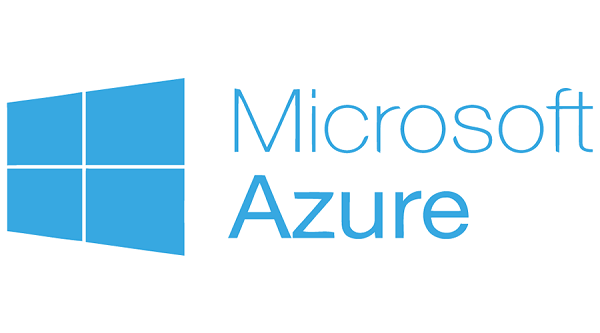 As widely reported in February, the UK Met Office and Microsoft have come to an agreement to provision a £1.2 billion (over 10 years) supercomputer the Met Office said will be the world’s most powerful weather and climate forecasting system. The agreement, announced on Earth Day, will be in the top 25 of the Top500 list of the world’s fastest HPC systems, according the weather service, and twice as powerful as any other in the UK.
As widely reported in February, the UK Met Office and Microsoft have come to an agreement to provision a £1.2 billion (over 10 years) supercomputer the Met Office said will be the world’s most powerful weather and climate forecasting system. The agreement, announced on Earth Day, will be in the top 25 of the Top500 list of the world’s fastest HPC systems, according the weather service, and twice as powerful as any other in the UK.
The announcement comes amid a surge in high-priced supercomputers. Today, news from China stated that a $3.1 billion (20 billion yuan) supercomputer will be built in Hainan, China at the Wenchang Spacecraft Launch space port. A story in Data Center Dynamics said the Chinese government’s announcement lacked detail about the system, including why it will be so expensive.
“The Wenchang Spacecraft Launch Site is China’s fourth and southernmost spaceport, and first launched a rocked in 2016…,” the publication reported. “The new supercomputer will help … analyze data from space, and provide services to related industries.”
The $3 billion-price tag dwarfs Japan’s Fugaku, the world’s no. 1-ranked supercomputer, which cost a little more than $1 billion for a decade of R&D. The U.S. Department of Energy’s Summit system, the no. 2 supercomputer built by IBM and housed at Oak Ridge National Laboratory, came in at a relatively paltry $600 million. Meanwhile, the HPE-Cray Frontier system, expected to be the U.S.’s first exascale-class supercomputer, has been priced at $600 million.
The Met Office’s new system is scheduled to be stood up in July of next year. Industry analyst Steve Conway, senior advisor, HPC Market Dynamics at Hyperion Research, said Met Office’s technology strategy signifies a significant step forward for cloud computing.
“This choice by one of the world’s premier weather centers to add Microsoft cloud services to its resources confirms that HPC cloud computing has come of age even for many of the most challenging use cases,” Conway said. “It also confirms the continuing importance of on-premises supercomputers from established vendors, in this case HPE Cray. It will be interesting to see if other leading weather sites follow suit.”
 The Met Office said the supercomputer will be used to provide more accurate warnings of severe weather to protect against increasingly extreme storms, floods and snow, and help to inform government policy as part of the UK’s fight against climate change, and its efforts to reach net zero by 2050.
The Met Office said the supercomputer will be used to provide more accurate warnings of severe weather to protect against increasingly extreme storms, floods and snow, and help to inform government policy as part of the UK’s fight against climate change, and its efforts to reach net zero by 2050.
According to Erin Chapple, corporate vice president, Azure Core, “Microsoft Azure will integrate HPE Cray EX supercomputers from Hewlett Packard Enterprise (HPE), plus a Microsoft high-performance active data archive system, and other Azure cloud technologies, along with an end-to-end managed service….
“The supercomputer is built in four quadrants to optimize operational resilience for mission-critical supercomputing capability. Each quadrant will consist of an HPE Cray EX supercomputer integrated into Azure, initially using 3rd generation AMD EPYC processors, which will later be augmented with next generation AMD EPYC processors. The first generation of the supercomputer solution will have a combined total of over 1.5 million processor cores and over 60 petaflops, otherwise known as 60 quadrillion (60,000,000,000,000,000) calculations per second of aggregate peak computing capacity. Microsoft will deliver further upgrades in computing capability over the 10 years.”
“Establishing the UK as home to the world’s most powerful weather and climate supercomputer will not only help solve vital unanswered questions about our climate,” said UK Science Minister Amanda Solloway, “but it will also drive economic growth and unleash highly skilled jobs – from data scientists to weather forecasters – as we build back better through innovation.”



